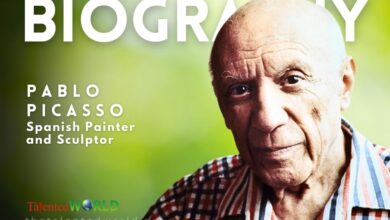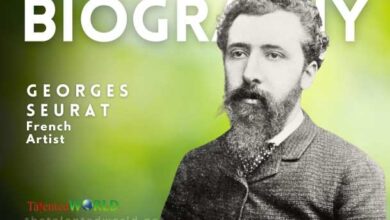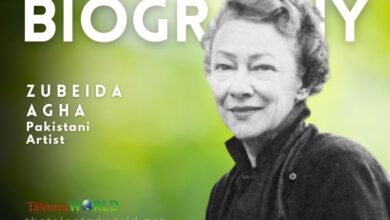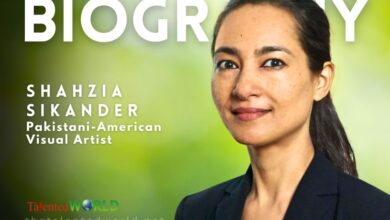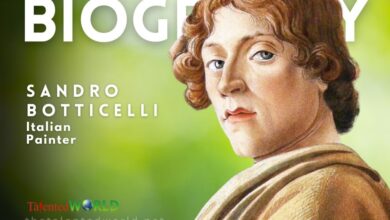
Quick Facts
| Aspect | Details |
|---|---|
| Full Name | Willem de Kooning |
| Birthdate | April 24, 1904 |
| Place of Birth | Rotterdam, Netherlands |
| Date of Death | March 19, 1997 |
| Place of Death | East Hampton, New York |
| Nationality | Dutch, American |
| Known for | Abstract expressionism |
| Notable Work | “Woman I,” “Easter Monday,” “Attic,” “Excavation” |
| Spouse | Elaine de Kooning (m. 1943) |
| Awards | – Presidential Medal of Freedom (1964) – Edward MacDowell Medal (1975) – National Medal of Arts (1986) – Praemium Imperiale (1989) |

